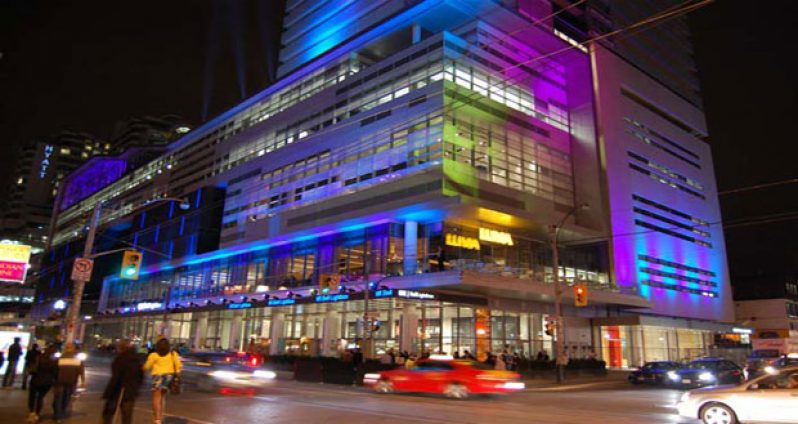WHAT is exciting for both today’s film fans and film-makers is the ability to see and appreciate certain films, now considered classics, made more than half a century ago. It is obvious to serious professionals involved in film culture that to act as though the latest films from anywhere, or those made a few decades ago, are obviously ‘better’, or more relevant to our lives because of their contemporary appearance, is totally absurd, and nonsensical.
The basis for such a seemingly anti-present tense attitude, which may seem to be biased against the ‘latest’ films, has nothing to do with time-periods, but everything to do with the judgment of each film based on their total creative quality, without any influence from the decade in which they were made.
CRITERIA FOR EVALUATION
The criteria for preferring these films available in much larger quantity than those of recent decades, rests simply on the total creative composition of each film: Their integrated components, involving opening graphics, soundtrack, cinematography, narrative structure, dialogue, fashion, scene structure, musical theme, natural or architectural environment, and art, visual and linguistic, used as content.
If such creative aspects of film-making are of no interest or importance to those who view films, then this essay will be of no interest or relevance to them.
OUTSTANDING EXAMPLES
Among the thousands of films which exist from countries around the world since the 1930s, there are lesser thousands (most from North America, or Hollywood), which exist like perfect ageless examples of that total power cinematic art can achieve.
‘Walk On The Wild Side’ of 1962 (released in DVD in 2004), directed by American Edward Dmytryk, and starring Laurence Harvey, Jane Fonda, Capucine, Anne Baxter, and Barbara Stanwyck, is one. First of all we should consider (in the same special way that the age of these films demand our search for them) seeing them on the big cinema or auditorium screens, so that their artistic structure can be perhaps more obvious than on the average TV screen, where the film-makers intended emphasis on objects, items, structures, surfaces, etc, may not be dismissed as secondary to any narrative/story involved. Such details became an attractive visual content in these classic films because their sole big screen projection guaranteed most of the audience would notice such details as essential to their total visual pleasure. When small private screens shape our responses, film viewing may appear more like a bland, automatic, second-hand function, rather than a venue for gripping visual focus that is not a saturation of commonplace special effects and fantasy made in a technical laboratory.
PRESERED ORIGINAL PRESENTATION
Though the projection of thousands of classic films like ‘Walk On The Wild Side’ can be comfortably enlarged now from DVDs on screens of various sizes, steps have been taken, indeed had to be taken, to preserve the original big screen auditorium viewing of these films, not only for educational, but sheer pleasurable entertainment reasons, as when they were first shown in the 1960s and back, when videos and DVDs did not exist.
For this reason in every national city that proclaims itself committed to providing the best intellectual and cultural influence and educational instruction for all its citizens, especially those with the intention of producing, making and enjoying film culture, there exists at least one large cinematic space distinct from others dedicated only to the most commercially made recent movies. This separate space, apart from its large screening room, can also provide an outside café, bookstore, or library, focused on film culture, which is one of the most exciting areas of literature today. Such a film-viewing space is not dominated by nationally or regionally produced films, but rather by constant examples of outstanding classic films made from the 1930s up, since all learning is related to past achievements.
AN EXEMPLARY SCREENING ROOM
Such a screening space is the ‘Bell Light Box’ cinematic auditoriums in downtown Toronto, where ‘Walk On The Wild Side’ was brought back and screened recently, as part of its weekly calendar of outstanding cinematic art stretching back nine decades.
By Terence Roberts
– in Toronto, Canada




.png)









